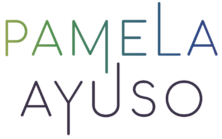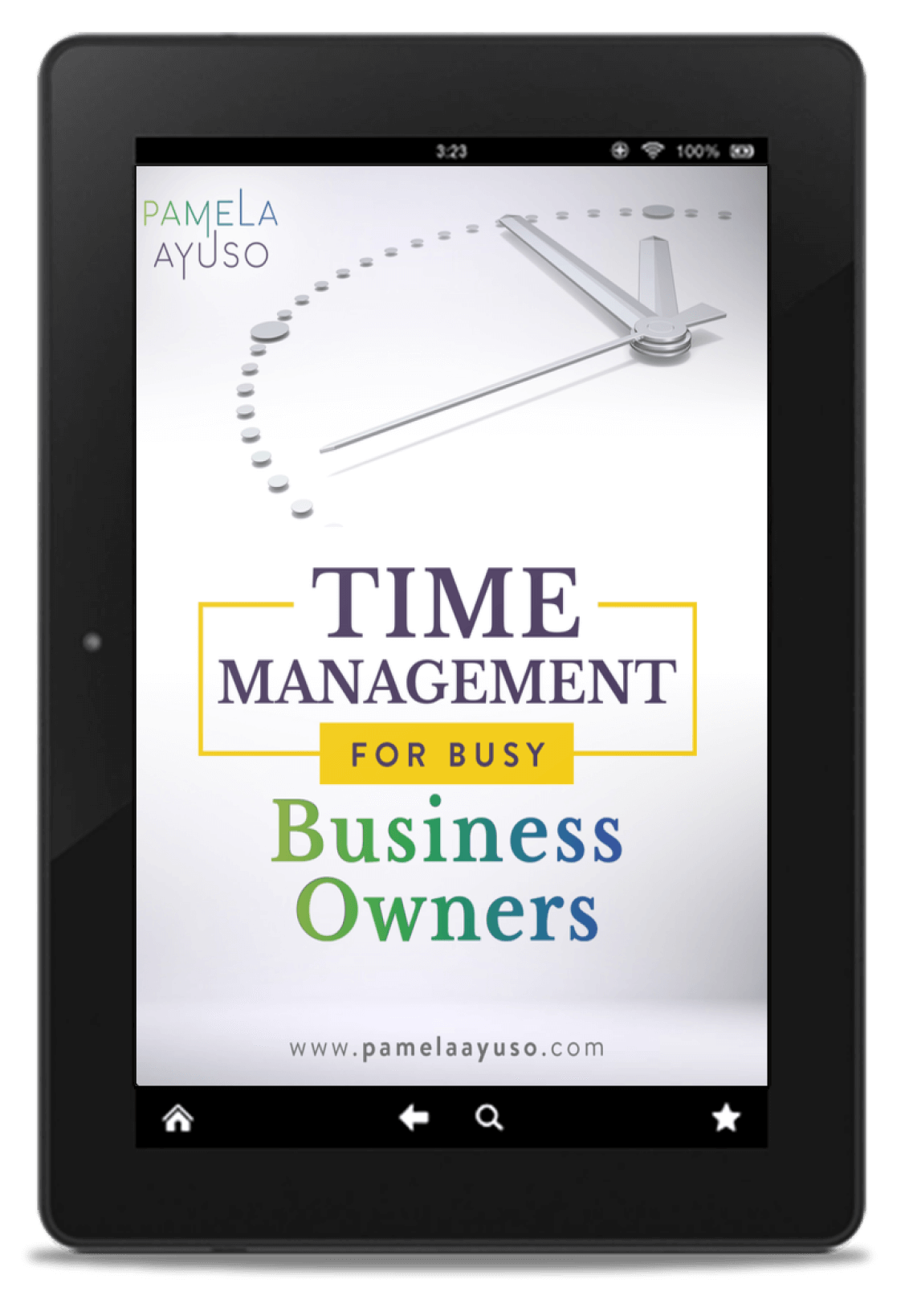One mechanism that we have found works well for following up on and managing complex projects at our company, Celaque, is holding recurring meetings. We meet every week or every two weeks to go over a set agenda. The person who leads the meetings establishes the agenda. We make major decisions as a group and guide the projects forward. Since starting these meetings, we have found we can make better choices and move faster because there is an added accountability to the group.
Meetings have been overscheduled and can even be negative if not appropriately deployed because they can waste a lot of time. On the other hand, they can also be very powerful if used for the right kinds of reasons. In the case of committee-type groups that come together to work on projects, they are very impactful. Multifaceted areas or plans often require input from numerous points of view because there are so many variables to take into consideration. A person may look at the work from one perspective, but another person may view it from a different one. The best product will, therefore, emerge.
![[Photo: Drew Beamer/Unsplash]](https://www.pamelaayuso.com/wp-content/uploads/2021/01/drew-beamer-679505-unsplash.jpg)
[Photo: Drew Beamer/Unsplash]
Best Practices
The process for the development of new properties is an area where committee-based decision-making is useful. Not only is the meeting informed and dictated by the real estate market, an already complex system, but designing, planning, and constructing a new building is multilayered. The best way we have found to deal with the uncertainty is through committee-based decision-making, and this is how we work with new developments.
We have a team devoted to new developments that meets every two weeks. We have selected a diverse group of team members to discuss strategy, the status of our projects, and follow-up steps to ensure we are accomplishing all our objectives. We’ll also discuss the market, what new opportunities are available, and what future projects we might develop.
Over time, we have found ways to make our meetings as productive as possible, and we have developed best practices.
Select the Team
Everybody who knows the topic attends the meeting. It is important to have team members with different strengths in the meeting so that the group is well-balanced. We limit our groups to six or seven people, and they even can be as small as four people. If there are too many people who are qualified to attend, then one or two representatives from each team can be selected. A group too large will be unwieldy, and a smaller group will not benefit from the advantages of multiple perspectives.
![[Photo: Daniel Olah/Unsplash]](https://www.pamelaayuso.com/wp-content/uploads/2021/01/daniel-olah-432079-unsplash.jpg)
[Photo: Daniel Olah/Unsplash]
Have an Agenda
An agenda should be prepared ahead of time. It provides the structure for how the time will be spent and what the points of discussion are. If there are no clear points, the meeting will likely veer off topic, and valuable time will be wasted. An agenda also serves as a mechanism to ensure the goal of the meeting is being accomplished, and the points that support it are being discussed.
Review Prior Items
To guarantee that the project is moving forward, the actions that have been taken before the meeting and how the project is progressing overall should be discussed. If those points are not included, they may get lost in the shuffle, and months later you will most likely find that an important action was not taken.
Limit the Agenda
Manage only what needs to be discussed during the meeting so that everything else can be handled beyond the meeting. For instance, updates that don’t need to be considered further as a group can be sent in an email to all participants on the day prior so that no additional time is used up. You can attach a copy of the email to the agenda in case one of the participants had not read the points on time.
![[Photo: Daniel von Appen/Unsplash]](https://www.pamelaayuso.com/wp-content/uploads/2021/01/daniel-von-appen-276282-unsplash.jpg)
[Photo: Daniel von Appen/Unsplash]
Train Others
Use this as your system for ensuring knowledge is passed on to others. We aim to have people with more experience included in the meeting along with newer members of the team. The latter benefit from the knowledge that the former pass to the rest of the group. They learn what the pitfalls are and how the overall process works. Of course, the entire group benefits from the fresh perspective of newer members who bring other points of view to the discussion.
Document
Document anything you have learned that will apply to the future. Much knowledge is shared in those meetings, so the best thing you can do is find a way to absorb the best practices into the systems/processes/documents of the company. This way, the know-how will stay in the company permanently for future reference.



